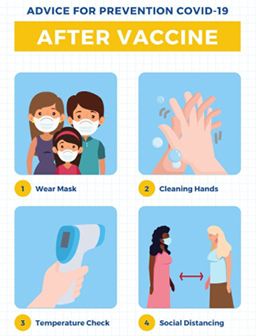
Unseen health dangers lurk within
There is a lot of talk these days about inflammation within our bodies and how detrimental it is to our health. Inflammation is our body’s attempt to heal by removing damaged cells, irritants and infections. It is part of our body’s immune response. When the response is not turned off after the issue has been resolved, it becomes a defense system run amok and chronic inflammation results.
A small amount of inflammation in our bodies is necessary to maintain the ability to respond to allergic reactions or infections. This is called acute inflammation and it ebbs and flows as needed. When our body is working well it will release pro-inflammatory immune cells when a threat is detected. Signs of acute inflammation are pain and redness around the affected area, swelling, heat and possible decrease in function of the area. When the invader has been removed, the anti-inflammatory compounds are released and our body should return to a balanced state.
Chronic (also known as systemic) inflammation is long-term inflammation that can last for years. When our body’s pro-inflammatory immune cells continue to be released, even after a threat has abated, unneeded immune cells circulate in our system. They can damage healthy areas like joint tissue (arthritis can result), pancreatic tissue (diabetes could result) and blood vessel linings (atherosclerosis could result)
Chronic inflammation has been linked to some cancers, hay fever, asthma, migraines, periodontitis, osteoporosis, heart diseases, rheumatoid arthritis, Alzheimer’s disease and psoriasis.
How do you know if you have inflammation? Here are some symptoms that are associated with low grade chronic inflammation: diarrhea, body aches and pains, skin outbreaks, shortness of breath, weight gain, swelling, dry eyes, stiffness, congestion, frequent infections and fuzzy thinking. Women tend to suffer more than men with autoimmune diseases perhaps because hormonal shifts have an effect on inflammation in some women.
There are currently no definitive tests for inflammation. The best measure is to look at blood levels of C-reactive protein which is a pro-inflammatory marker, and the amino acid called homocysteine.
How to decrease inflammation:
- Get enough sleep
- Eat an anti-inflammation diet (see below)
- Increase intake of omega-3
- Exercise daily
- Take anti-inflammation drugs like aspirin, ibuprofen or naproxen (only under a doctor’s supervision as they can cause stomach ulcers)
- Listen to your body – if you eat something that give you gas or bloating, that is your gut telling you it doesn’t like it
- Keep your gut’s microbiome in balance (see our previous articles – Prebiotic Foods and Your Healthy Human Gut and The Bacteria in Your Digestive Tract may be Essential to your Health)
- Reduce your stress level
Foods that cause inflammation: most polyunsaturated vegetable oils like peanut, soy and corn, trans fats, refined sugar and foods with a high glycemic values like pasta and white rice, foods containing gluten, refined foods, high carbs and low protein diets. Sometimes dairy, soy and nuts can be irritants. Elimination diets will help you discover if you have food sensitivities.
An anti-inflammatory diet is close to a Mediterranean diet and it has been described as ‘the Zone Diet with fish oil’. To minimize unwanted inflammation, try to eat:
- Fruits, especially blueberries and tart cherries
- Vegetables
- Wild seafood
- Lean protein like chicken
- Whole grains like brown rice and bulgur wheat
- Nuts, especially walnuts
- Seeds, especially flaxseed
- Olive oil and grapeseed oil
- Garlic
- Green tea
- Ginger
- High quality fish oil supplement
- Curry, turmeric, oregano and other spices













